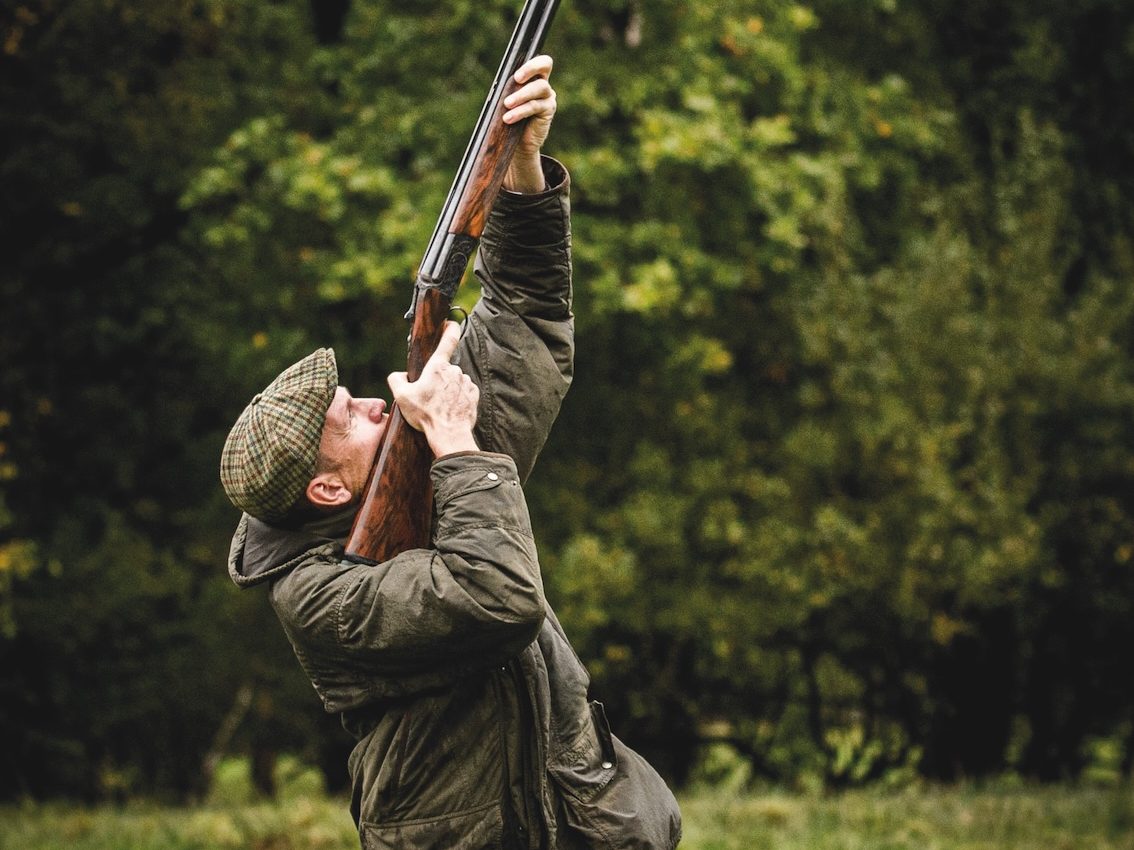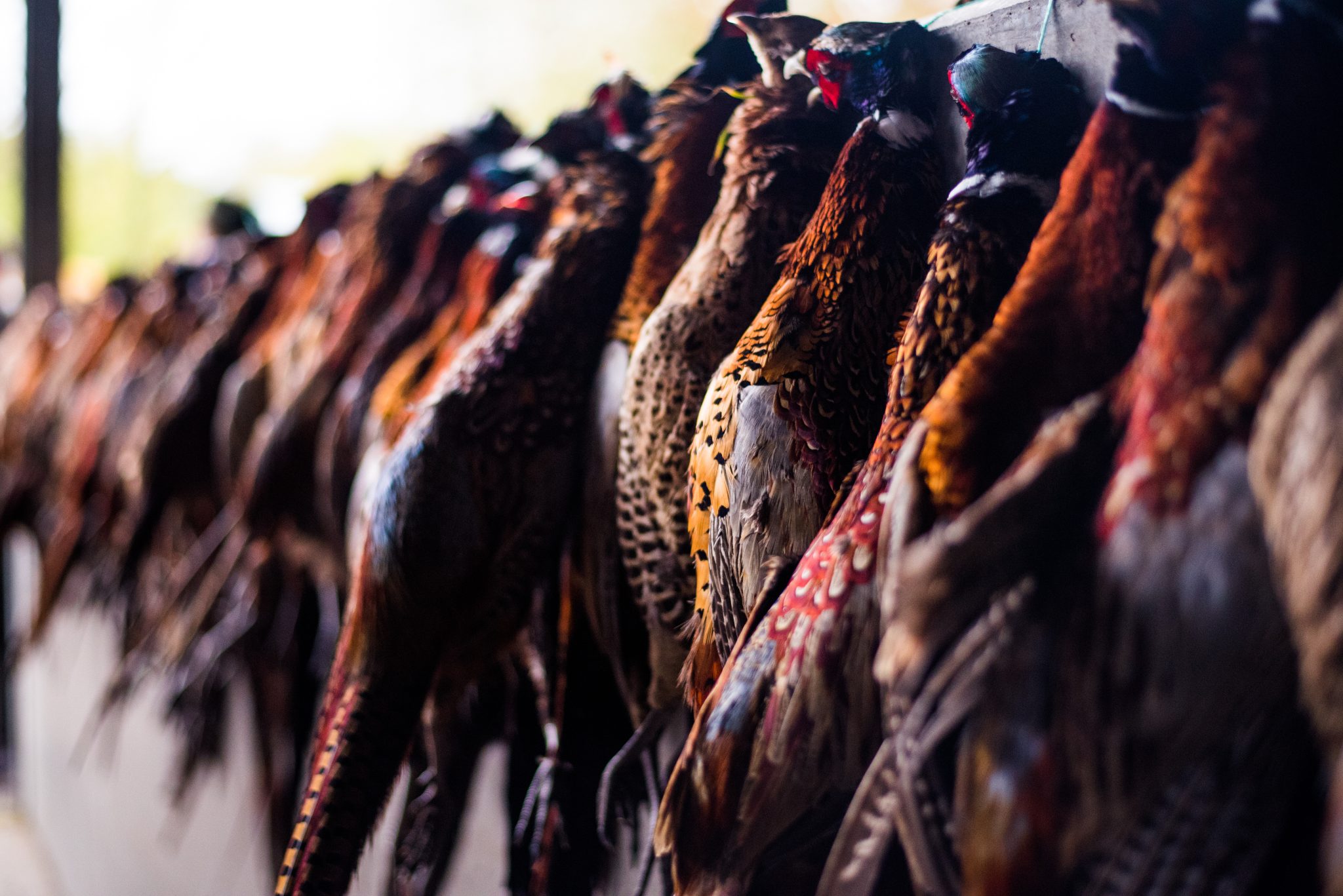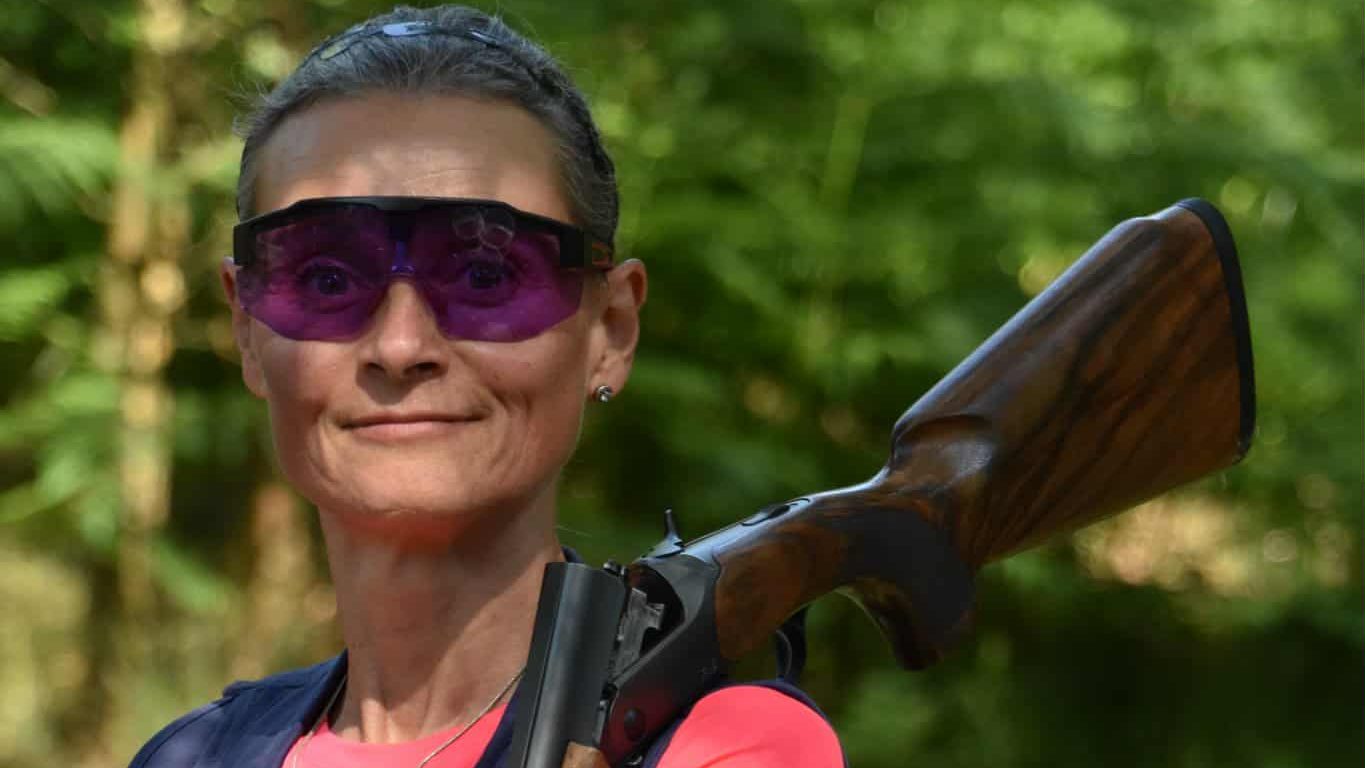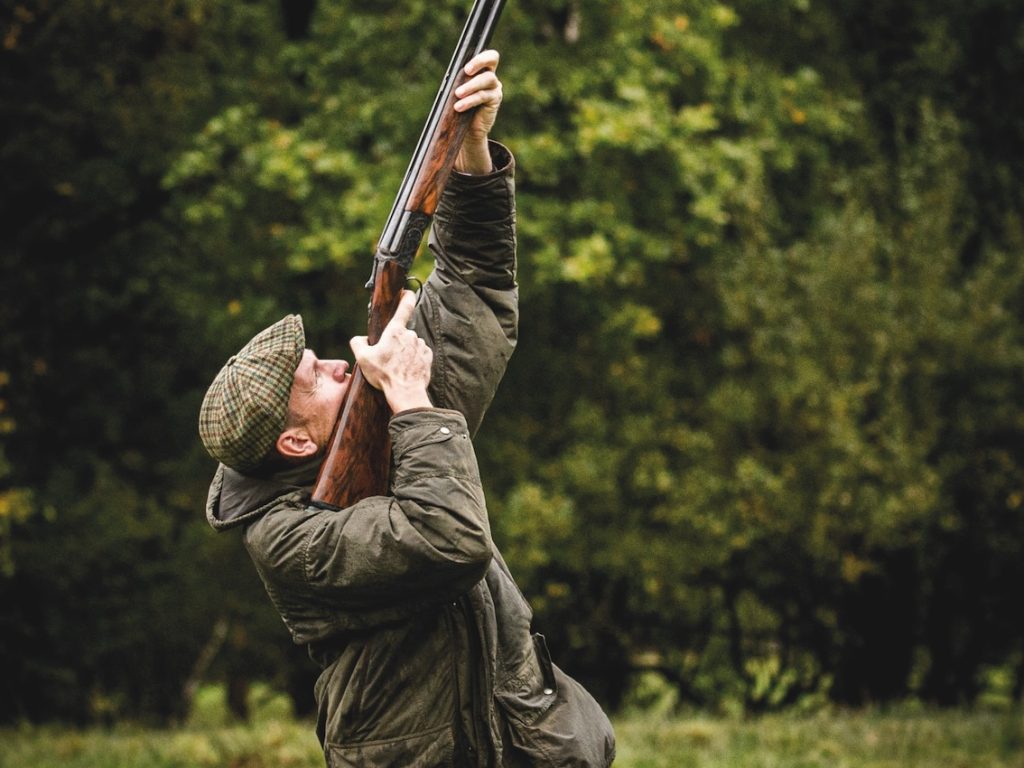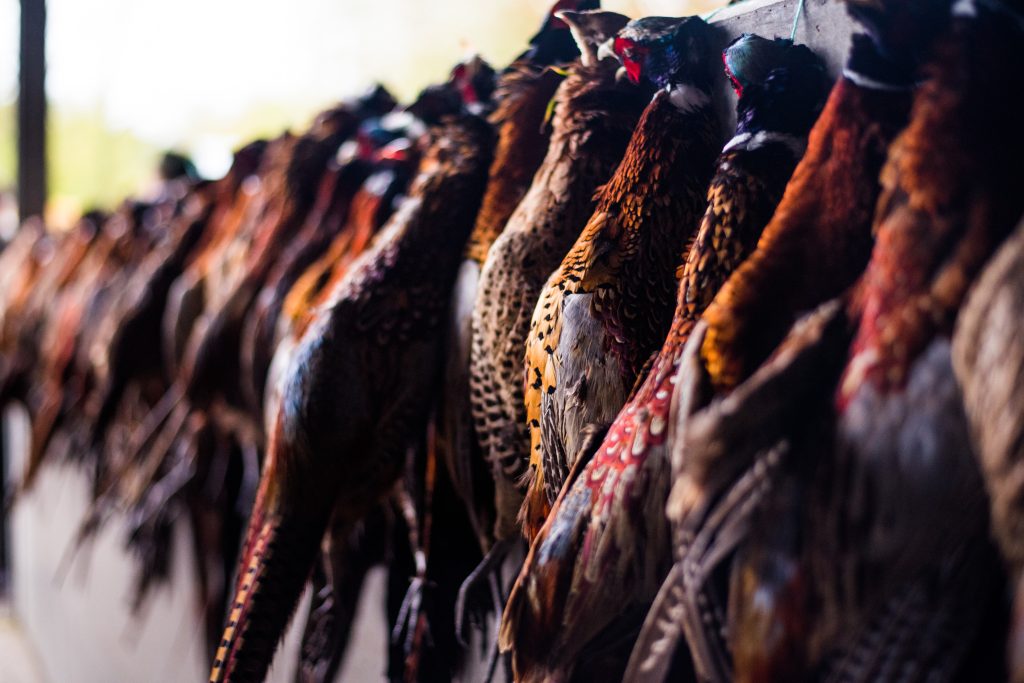Win CENS ProFlex DX5 earplugs worth £1,149 – enter here
Around the world- Italy
Skilled craftmanship, where traditions smoothly meet innovation, is the hallmark of Italian firearms and apparel, as Felix Petit discovers
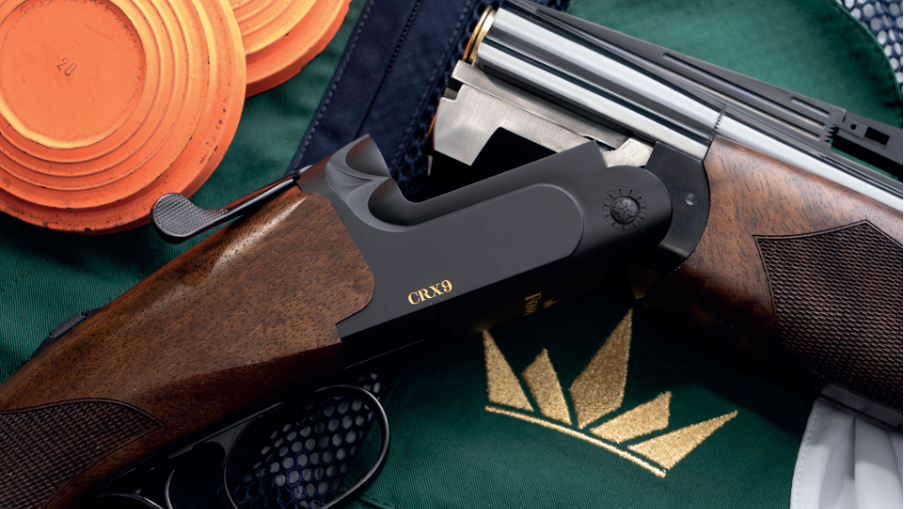
The Italian approach to fieldsports and the outdoors is characterised by a deep connection to the past. Everywhere you look in the Italian sporting world there is a focus on legacy and tradition. With a central role in the development of Western culture, Italy has greatly influenced the richness of European society through art, religion, science and fashion. The same can be said for its contribution to fieldsports.
Italy serves as a stopover for a huge variety of birds on their migrations back north after wintering in Africa, offering some of the most varied wild shooting in the world. Italy’s central geographic position has had a similar effect on trade, and the country has enjoyed strong ties with Byzantine, North African, Balkan and Mediterranean civilisations, further thickening the soup of the country’s folklore. The flow of exotic goods through ports such as Venice, Genoa and Naples has also imbued Italy with a strong cultural emphasis on style and a storied history of quality craftsmanship. These attributes can be seen in Italy’s outdoor apparel and the work of its world-leading gunsmiths.
Obsessed
From the Romans to the Renaissance, Italy has always been obsessed with hunting. Even men of the cloth loved to maraud through the Italian countryside after game, as demonstrated by the mid-17th century painting The hunt of Cardinal Giovan Carlo De’ Medici. The portrait shows the powerful cleric pursuing deer amid much fanfare near his villa in Tuscany.
Italy’s landscape varies enormously from the mountainous habitats of the Tirol and the Apennines, to the semi-arid scrubland of Calabria and inland Apulia. This diversity of habitat supports a profusion of wildlife and Italy even has its own endemic subspecies of grey wolf.
Enigmatic
The vast breadth of ecosystems encompasses just as broad a spectrum of hunting pursuits, from stalking the enigmatic chamois in the high mountains of the north to the still legal practice of shooting songbirds and waders in Sicily in the south. Their history is very much a part of the modern Italian identity. This goes some way to explaining why, in season, it is still legal to shoot lapwing and skylark or to hunt for wild boar with a bow and arrow.
As you might expect in a country that gave rise to one of the greatest empires the world has ever seen, land rights and ownership are taken very seriously. In contrast to more liberal countries such as the Scandinavian states, there is no general right to roam but, similar to in Germany, hunters do have to pass a test demonstrating that they have a passable grasp of Italian fauna before they are let loose to stalk or shoot on their own.
Even now Italian hunters adhere to a range of superstitions. As with actors, it is considered to jinx an event if you directly wishes the hunter good luck. Instead the Italians say, “in bocca al lupo” meaning “in the wolf’s mouth”. The correct response is, “crepi il lupo”, which translates as “may the wolf die”.
Italy is home to the oldest active firearms producer in the world: Beretta. Val Trompia, a northern Italian valley, 70 miles west of Milan in the Brescia region, has been home to Beretta headquarters for 500 years. The area has been mined for iron ore since Roman times and in the Middle Ages it became known for its ironworks. Soon after, it came to be a centre for the manufacture of firearms, serving as the home of Beretta which was founded there in 1526.
Initially Beretta produced barrels for the arquebus – an early relative of the musket. Beretta made barrels to equip the Venetian fleet at the Battle of Lepanto in 1571 and they have supplied weapons for every major European war since 1650. This is a wonderful counterpoint to where they are as a company now. Today, Beretta provides handguns for a multitude of national militaries, only recently losing the contract for the US military. It also supplied guns to 14 of the 15 clay-pigeon shooting medallists at the Paris Olympics in 2024. The current CEO is the 15th generation of his family to take on the task. Continuity is demonstrably important for the company.
Stronghold
Fossari, a brand from the FAIR family, who are also based in the gunmaking stronghold of Brescia, make some of the most beautifully engineered competition shotguns in the world.
Much has been made of the reliability of Fossari’s OSS locking systems, and head of marketing Rebecca Rizzini says their guns are a “flawless blend of tradition and technology”. Fossari’s special trips-alloy steel barrels drilled from a single bar and the endlessly customisable Technichokes – in combination with its high-grade, hand-polished walnut stock – illustrate this point brilliantly.
Rebecca explains that each component of their guns is designed to balance mechanical and physical requirements in order to ensure superior ballistics and seamless ergonomics. She says: “The cutting-edge technological solutions and elegant design make the Fossari range exceptional for competitive shooting.”
Rebecca believes there is something very special about Italian sporting products, adding: “Italy has a strict and accurate control systems. The raw materials are guaranteed. From their supply phase to transformation and sale, they follow a highly regulated production chain.”
Rebecca continues, “The manufacture of the product follows the centuries-old Italian tradition of gunsmithing, characterised primarily by manual operations developed in the ancient workshops, and then supported over the years by a continuously evolving technological process.”
Fossari is also based in Val Trompia. Rebecca says that this part of Italy is still known the world over for the quality of its firearms: “The ancient knowledge passed from father to son for hundreds of years, facilitates the creation of firearms whose safety and precision are unmatched in any other part of the globe.”
With a nod at Italy’s complex relationship with history and modernity, Rebecca concludes: “We Italians are very attached and proud of our traditions. Let us say, that if in other nations the average hunter has followed the trend of changing equipment, the Italian hunter tends to want to experiment but without changing his own equipment, tending to prefer the weapon used in the past by his grandfather or father who handed on their teachings.”
Andrew Hunter, managing director of Outwear, is responsible for the distribution of products from high-end Italian footwear company, Crispi. Andrew says: “Italy is known for its centuries-old traditions of craftsmanship, especially in industries like footwear and leatherworking.” Crispi, which has half a century of experience in making high-performance boots for hunting and hiking, remains loyal to its artisan principles, and it still completes each step of its boot-making process by hand.
Andrew continues: “For 50 years, Crispi has stood as a symbol of quality and a beacon of innovation, evolving with the times without losing sight of its roots. Italian products stand out because they balance technical excellence, aesthetics, innovation, and age old traditions.”
He adds: “Italy is home to many brands that combine tradition with cutting-edge technology. The attention to both function and form sets Italian products apart in a market where both matter.”
Jack Dennis, a marketing manager at ammunition manufacturer Fiocchi, says Italian sporting products benefit from the combination of reverence shown by Italians towards their past, and their willingness to embrace up-to-date technology.
Fiocchi was established in 1876 in Lecco on the shores of Lake Como, where the company still has its headquarters.
“Fiocchi places a strong emphasis on quality control and performance, ensuring that its ammunition meets rigorous standards of precision and reliability,” says Jack.
“Its advanced manufacturing facilities incorporate cutting-edge production processes and its commitment to excellence is recognised globally, with many of its products being NATO-certified.”
Heritage
Again and again the words tradition and history rear their heads in relation to Italian sporting equipment and the nation’s approach to hunting. Italy is rightly proud of its illustrious heritage and the fabulously skilled artificers it continues to produce. Italy is a land of breathtaking beauty and staggering variety that operates with one eye on the past and the other looking towards the future.
Although they hang on to one or two atavistic pursuits, such as the killing of starlings and thrushes, which they could probably do with abandoning, they were quick to allow stalkers to shoot deer at night using a thermal scope, something that England still does not freely allow. Despite its split temporal loyalty, Italy continues to make some of the finest sporting products anywhere in the world, and this doesn’t look like it’s going to change any time soon.
Related Articles
Get the latest news delivered direct to your door
Subscribe to Shooting Times & Country
Discover the ultimate companion for field sports enthusiasts with Shooting Times & Country Magazine, the UK’s leading weekly publication that has been at the forefront of shooting culture since 1882. Subscribers gain access to expert tips, comprehensive gear reviews, seasonal advice and a vibrant community of like-minded shooters.
Save on shop price when you subscribe with weekly issues featuring in-depth articles on gundog training, exclusive member offers and access to the digital back issue library. A Shooting Times & Country subscription is more than a magazine, don’t just read about the countryside; immerse yourself in its most authoritative and engaging publication.



